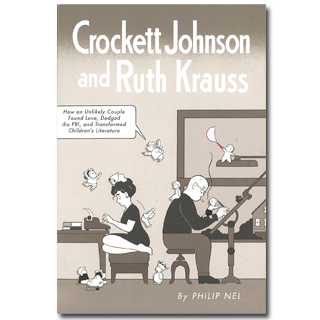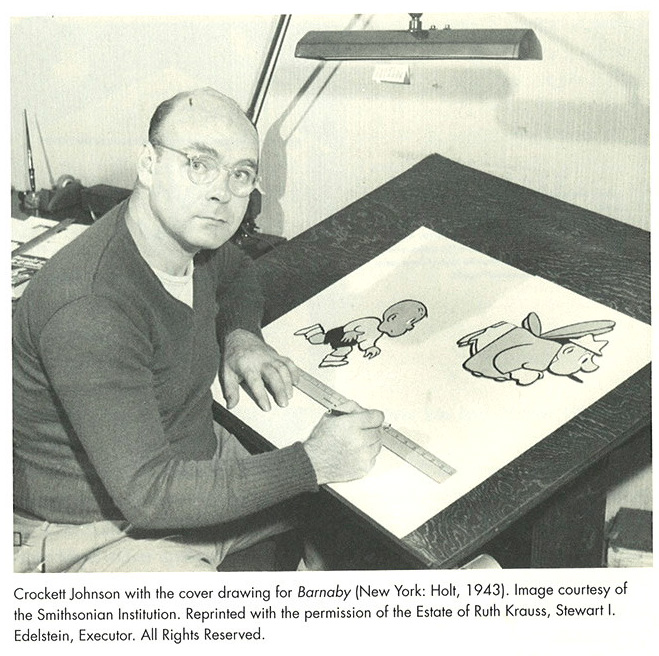
A FEW OTHER EVENTS FOR
SEPTEMBER 25:
- Happy birthday Cooper Edens (If You’re Afraid of the Dark, Remember the Night Rainbow), Jim Murphy (An American Plague: The True and Terrifying Story of the Yellow Fever Epidemic of 1793), James Ransome (Uncle Jed’s Barbershop), and Andrea Davis Pinkney (Duke Ellington; Let It Shine).
- It’s the birth date of Shel Silverstein (1930-1999) The Giving Tree, Where the Sidewalk Ends, A Light in the Attic.
- It’s the birth date of Shel Silverstein (1930-1999) The Giving Tree, Where the Sidewalk Ends, A Light in the Attic.
- In 1639, the first printing press in what will become the United States of America opened in Cambridge. Read The Printing Press by Milton Meltzer.
- On this day in 1957, United States Army troops integrate Central High School in Little Rock, Arkansas. Read Remember Little Rock by Paul Robert Walker, The Little Rock Nine by Marshall Poe, illustrated by Ellen Lindner, Cracking the Wall; The Struggles of the Little Rock Nine by Eileen Lucas, illustrated by Mark Anthony, and The Power of One: Daisy Bates and The Little Rock Nine by Judith Bloom Fradin and Dennis Brindle Fradin.
Today is National Comic Book Day. Certainly comic books and graphic novels have become the hottest commodity in children’s publishing in the last few years. Last year I looked at one of the towering historical figures in that world: Crockett Johnson and The Carrot Seed.
If you are a fan of Crockett Johnson, then Philip Nel’s biography, Crockett Johnson and Ruth Krauss, will be a welcome addition to your bookshelf. Nel spent ten years researching Johnson and Krauss, and he summarizes his findings in this book, an invaluable resource for those who love children’s books.
The book opens with Crockett Johnson receiving a call from the FBI—who had been opening his mail, monitoring his bank account, and taking names of those who came to his home. During the frightened fifties, such harassment of left-leaning artists was the flavor du jour, but it still seems shocking that the creator of Harold and the Purple Crayon would be of interest to the FBI. After all, he didn’t use a red crayon!
Nel expertly weaves Johnson’s story together with that of Ruth Krauss. Krauss’s work had been based on the real sayings of children and resulted in books like A Hole Is to Dig. Johnson, who first became famous for his newspaper comic strip, Barnaby, ultimately turned his hand to children’s books. As Nel acknowledges in the final note, Johnson remains the more famous of the two—many of Kraus’s books have gone out of print. But in their lifetime they had their place as a celebrity children’s book couple, interacting with and influencing many in the field.
Some of the best material in Nel’s book comes from interviews with their most famous protégé, Maurice Sendak. Sendak’s honesty about what it was like to work with both of them and what it meant to him as a young man seems particularly poignant since his recent death. Along the way, readers gain insight into Johnson and Krauss’s working relationship with Ursula Nordstrom of Harper. Fortunately for the children’s book world, Susan Carr Hirschman, who worked at Harper during those years before she founded Greenwillow Books, has retained incredible details of what happened at Harper in those days, and Nel has made extensive use of her insights. He details the often fractious relationship of Krauss and Nordstrom, including the scene where Krauss threw the artwork of the young Remy Charlip into the wastebasket. Nordstrom, by the way, addressed letters to Krauss “Dear Ruthless.”
For those who know little of both authors, the book is a gold mine. I was particularly intrigued by Nel’s account of their later years—when Krauss explores experimental poetry and Johnson experiments with abstract, mathematically based paintings. The book provides a portrait of a marriage and creative partnership, and insight into how classics were created in the fifties. Today on National Comic Book Day, a note of appreciation to Philip Nel, who persevered with this project over a very long period of time and gave us book that shows “How an unlikely couple found love, dodged the FBI, and transformed children’s literature.”
Here’s a photo from Crockett Johnson and Ruth Krauss:
Originally posted September 25, 2012. Updated for .














I bought this as soon as it was available, and had been waiting for its publication. “Barnaby” was my absolute favorite as a wee child, which is so very odd, since the cartoons weren’t directed at children. I still have my orange-colored hardback, as Phil Nel knows. They were wonderful. Invisible fairy godfathers–just miraculous. And now there’s a whole wonderful book about two heroes to read!
Thanks for the lovely review, Anita! Hope you enjoy (or have enjoyed) the book, Leda! And,… coming soon: The Complete Barnaby Volume 1 (from Fantagraphics). We — I’m co-editing this — hope this will be out by February.
Thank you for this review. I somehow missed it when it was originally posted. I can’t wait to get a copy of this book about these two gifted artists, and the publishing world. Thank you for your blog. I so enjoy reading these tidbits of that world and your insights.